
Characters are at the heart of every single story we tell. It doesn’t matter if they’re characters in a novel, video game, screenplay or short story, compelling characters are what drive the narrative forwards.
What makes a good character? Believe it or not, t’s not just cool dialogue and unique backstories that make characters memorable, it’s the way they change. This transformation is referred to as a character arc which can make the difference between a good story and a great one.
So, just how do you create a kickass character arc? Well, in today’s blog, we’ll break down what a character arc is, why it matters, as well as explore the most common types. We won’t leave it there as we’ll be counting down our top tips for writing your own killer character arcs with some help from popular films and characters.
Plus, find out how Celtx can help you develop arcs efficiently and creatively!
Let’s not waste any more time!
In This Article
- What is a Character Arc?
- Why Character Arcs Matter in Storytelling
- The 4 Basic Types of Character Arcs
- Character Arc Examples in Popular Films
- How to Write a Character Arc
- Final Thoughts
What is a Character Arc?
A character arc is an internal journey a character takes over the course of a story.
From the beginning to the end of the story, the character transforms in response to events taking place and challenges they face.
At the start of your story, your character holds a specific worldview, emotional state, or belief system. But as the plot unfolds and they overcome conflict, they are forced to grow, adapt or even change completely. The goal of most writers is that by the end of the story, the character is no longer the same person: they’ve evolved, or in some cases, devolved.
For our first example, we’re going to focus on Iron Man himself, Tony Stark. At the start of the movie, Stark is a self-absorbed arms dealer. It’s not until he faces death after being kidnapped, that he reevaluates his priorities.
Pretty extreme, right? But by the end of the movie, Stark is a hero who takes responsibility for the impact his inventions have had. In short, his arc goes from narcissist to selfless protector.
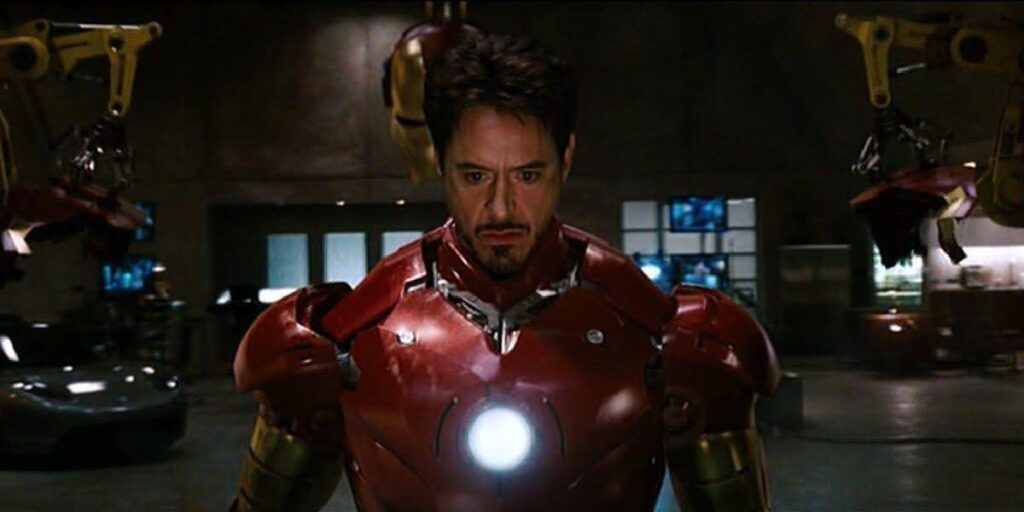
Why Character Arcs Matter in Storytelling
Remember, your characters are the center of the story’s universe. Protagonists especially should be well-developed to enrich your narrative. How do they do that? Well, let us explain:
1. Emotional Engagement
Audiences connect with characters who grow. Watching someone struggle, fail, learn and eventually succeed (or tragically fail) is emotionally satisfying. These arcs mirror real-life, making your story resonate with people more deeply.
Life is a rollercoaster for all of us, so it should be the same for our characters!
2. Plot, Plot, Plot
Character decisions are usually shaped by internal conflict and the transformation that occurs from that, which often drives the plot forward.
If your character arcs are well-written, your character won’t just be reacting to events but actively shaping them as they learn and grow.
3. Reinforces Tone and Theme
If there’s no character depth in a story, it can feel as flat as a pancake. Arcs give your story weight in terms of theme and tone. Whether it’s a redemption arc, coming-of-age arc, or the cost of hubris, an arc adds depth and texture.
Related Reading: Setting the Right Tone: Mastering Tone in Your Screenplay
The 4 Basic Types of Character Arcs
Okay, so let’s get into the nitty gritty of character arcs. There are several variations of the character arc, but there are four core types that you need to get to know!
Starting with…
Character Arc #1 | The Positive Change Arc
This is the most common arc you’ll find in modern storytelling. The protagonist will begin with a flawed belief or personal weakness. As the story unfolds and they encounter different events, they overcome their internal obstacles and become a better version of themselves.
Take Luke Skywalker from Star Wars. In Star Wars: A New Hope grows from a naïve farm boy to a confident, self-sacrificing hero.
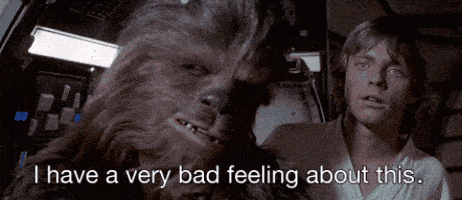
Just like many characters who experience a positive change arc, Luke’s key traits include:
- He begins flawed.
- Experiences conflict and revelation.
- Ends stronger or wiser.
Character Arc #2 | The Negative Change Arc
Also known as a tragic arc, the character begins in a good or neutral state. However, it’s all downhill from there due to their choices or beliefs. This arc explores corruption, downfall, or disillusionment.
Walter White is a prime example of a negative change arc. In Breaking Bad, Walter transforms from a meek chemistry teacher to ruthless drug lord!
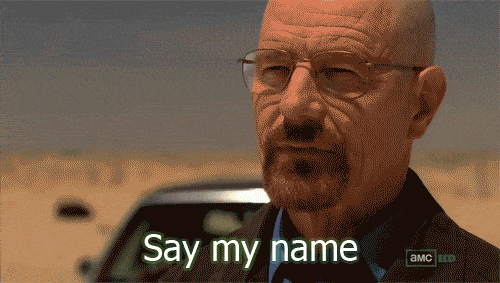
The key traits of Walter’s arc include:
- Begins noble or neutral.
- Makes poor choices or embraces their flaws.
- Ends morally or psychologically broken.
Character Arc #3 | The Flat Arc
Yes, there is a such an arc where the protagonist doesn’t change significantly. Instead, they change the world around them. Their core beliefs are tested, but they hold firm and inspire transformation in others.
Just like Indiana Jones in Raiders of the Lost Ark. Indy stays pretty much the same, but his integrity and resolve influence others and alter the outcome of the story.
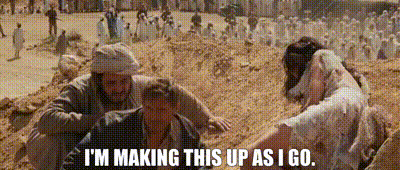
Key traits of Indy’s flat arc, like many others, include:
- Starts and ends with the same worldview.
- Serves as a catalyst for external change.
- Reinforces the story’s key themes.
Celtx helps you hit every story beat, every time.
Sign up for free and start writing.
Character Arc #4 | The Transformational Arc
The transformational arc is a profound internal shift that extends beyond simple success vs. failure. Instead, the character goes through an emotional, psychological or philosophical change.
The transformation can be either positive or negative, with the character becoming enlightened, disillusioned, empowered or sobered. It completely depends on the story’s theme.
In Jo March’s case, her arc in Little Women is both positive and negative. At first, she’s fiercely independent and resistant to traditional roles. Her journey leads her to a nuanced understanding of love, ambition and fulfillment. While she doesn’t compromise her identity, her internal evolution redefines what personal success means to her.
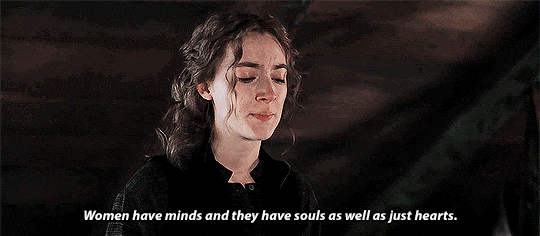
Like other transformational arcs, Jo’s includes:
- A fixed belief or personal mission.
- Experiences inner conflict, loss, or a revelation.
- Ends with a transformed perspective (they don’t need to win or lose).
Character Arc Examples in Popular Films
So, we’ve met a few characters so far who follow each of the core character arcs, but let’s look some more and see how their stories pan out.
1. Harry Potter (Harry Potter) | Positive Change Arc
When we first meet Harry, he is an unloved orphan taken in by his less-than-friendly aunt and uncle. On his eleventh birthday he finds out he’s a wizard and from that moment on, through his adventures and battles with Lord Voldemort, he discovers courage, friendship and his own worth.
By the end of Harry Potter and the Deathly Hallows, Harry has grown into a leader and protector.
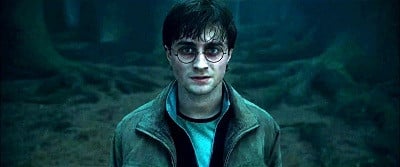
2. Michael Corleone (The Godfather) | Negative Change Arc
Michael begins the movie as a war hero with no intention of joining the ruthless family business. As the trilogy progresses, however, and he experiences loss and pain, Michael becomes a cold, calculating mafia boss.
By the end, he sacrifices his soul and family for power, something he swore not to do when we first meet him.
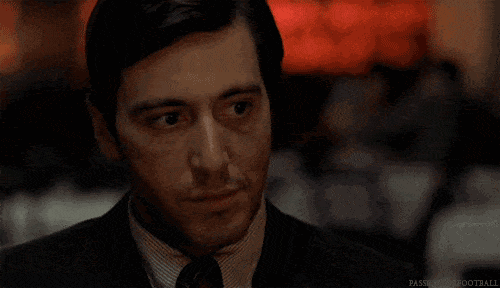
3. Furiosa (Mad Max: Fury Road) | Flat Arc
Furiosa believes wholeheartedly in freedom and redemption, something that doesn’t change throughout the entire movie. Instead, she changes other people around her, especially Max.
Through her actions and consistency, she becomes a beacon of hope in the brutal world of Mad Max.
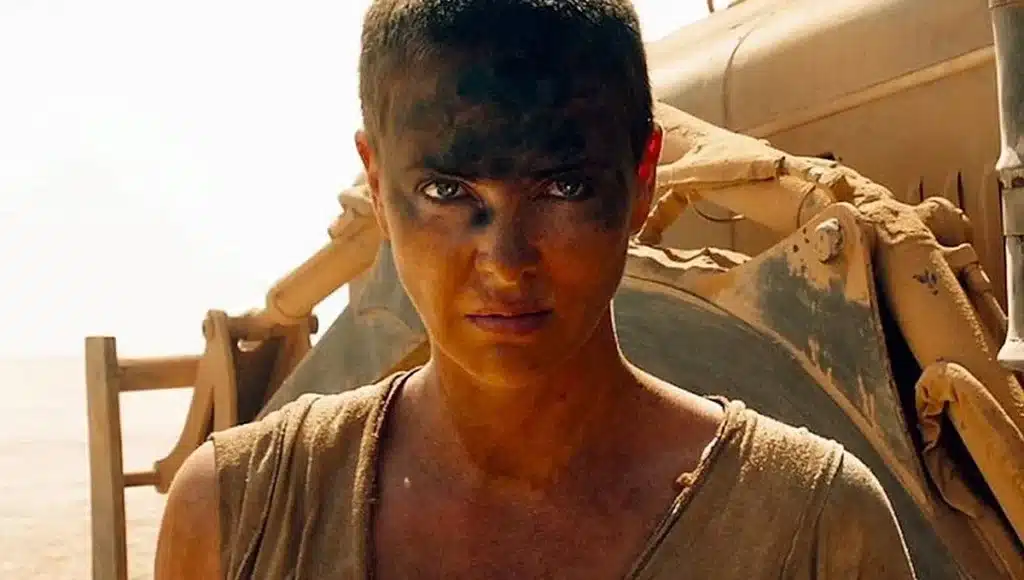
4. Jay Gatsby (The Great Gatsby) | Transformational Arc
Throughout the movie, Jay Gatsby clings to an idealized version of love and identity. He doesn’t give up on his dream which eventually leads to disillusionment. Through this, we see the hollowness of the American Dream and the danger nostalgia can bring.
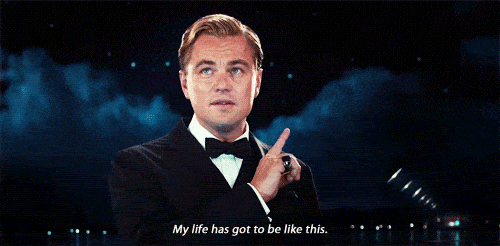
Spend less time formatting and more time storytelling.
Click here to start your Celtx free trial.
How to Write a Character Arc
We know the real reason you’re here: it’s because you want to write a killer character arc. Well, now it’s time for the good stuff.
Creating a compelling character arc involves thoughtful planning, so here’s a step-by-step guide to help you along the way.
Step #1 | Define Your Starting Point
There are several key questions you need to ask yourself before you start planning your character arc:
- What does your character believe?
- What flaws or wounds do they carry before the story begins?
- What do they want and need?
The answers to these questions will form your character’s ‘emotional baseline’ and provide a great foundation for you to build the arc upon.
Step #2 | Determine Your End Point
Sound strange, yes, but now you’ll need to skip to the end of the story. To determine where your character will end up, now ask yourself:
- Does the character become stronger or wiser?
- Do they fall into ruin?
- Do they resist change themselves or inspire change in others?
The answers to these questions will form the resolution to your character arc.

Step #3 | Create the Core Conflict
An awesome use of alliteration there if I do say so myself! Anyway, now’s the time to identify the internal and external conflict that will push your character to change (or not!).
Internal conflict could be a fear of failure, abandonment, or even guilt. External conflict could be something like war, betrayal or injustice that the protagonist is challenged to fight against.
We could talk a lot more about internal and external conflict. So much so that we created a whole blog about them. Check out the battle between internal and external conflict here.
Step #4 | Break Your Story into Key Beats
Most stories will use the three-act structure to develop the plot. We recommend mapping out these key plot points to aid you in developing your character arcs:
- Setup (Who is this character? What are their flaws and beliefs?
- Inciting Incident (What challenges their worldview?)
- Rising Action (Do they resist the challenge? How does the conflict escalate?)
- Crisis (What happens to force the character to make a choice?)
- Climax (How is their final transformation tested?)
- Resolution (Who has the character become or failed to become?)

Step #5 | Use Celtx to Structure Your Story
Here is where good old technology comes in. Tools like our professional suite, Celtx, is tailored for screenwriters and storytellers.
Our built-in beat sheet, storyboard and breakdown features are ideal for building and developing characters!
There’s so much you can do with Celtx, including:
- Building character profiles.
- Use our storyboard feature to visualize your character arcs.
- Tie character arcs to scenes or beats.
- Collaborate with your fellow writers in real-time.
In short, Celtx is always here to help with the more mundane parts of writing, leaving you to focus on what’s important – storytelling!
Find out more about our comprehensive scriptwriting, pre-production, and production software here.
Final Thoughts
A great character arc isn’t just a subplot but it’s the engine of your story. Whether you’re writing a short film, a three-act screenplay, or an epic novel, understanding character arcs will elevate your narrative.
Here’s a quick recap:
- Character arcs define the internal transformation of your protagonist.
- Positive, Negative, Flat, and Fall arcs each serve different thematic purposes.
- Use classic examples to guide your planning.
- Writing tools like Celtx can streamline your process, from concept to screenplay.
Invest time in crafting a memorable arc, and your characters will not only leap off the page but they’ll linger in the minds of your audience long after the final scene.
Ready to take your characters to the next level?
Click here to start with Celtx
Write better characters with our character development articles:
- 15 Essential Character Archetypes (And How to Use Them)
- What is a Protagonist? Understanding the Main Character
- Protagonist vs. Antagonist: Storytelling’s Core Conflict
